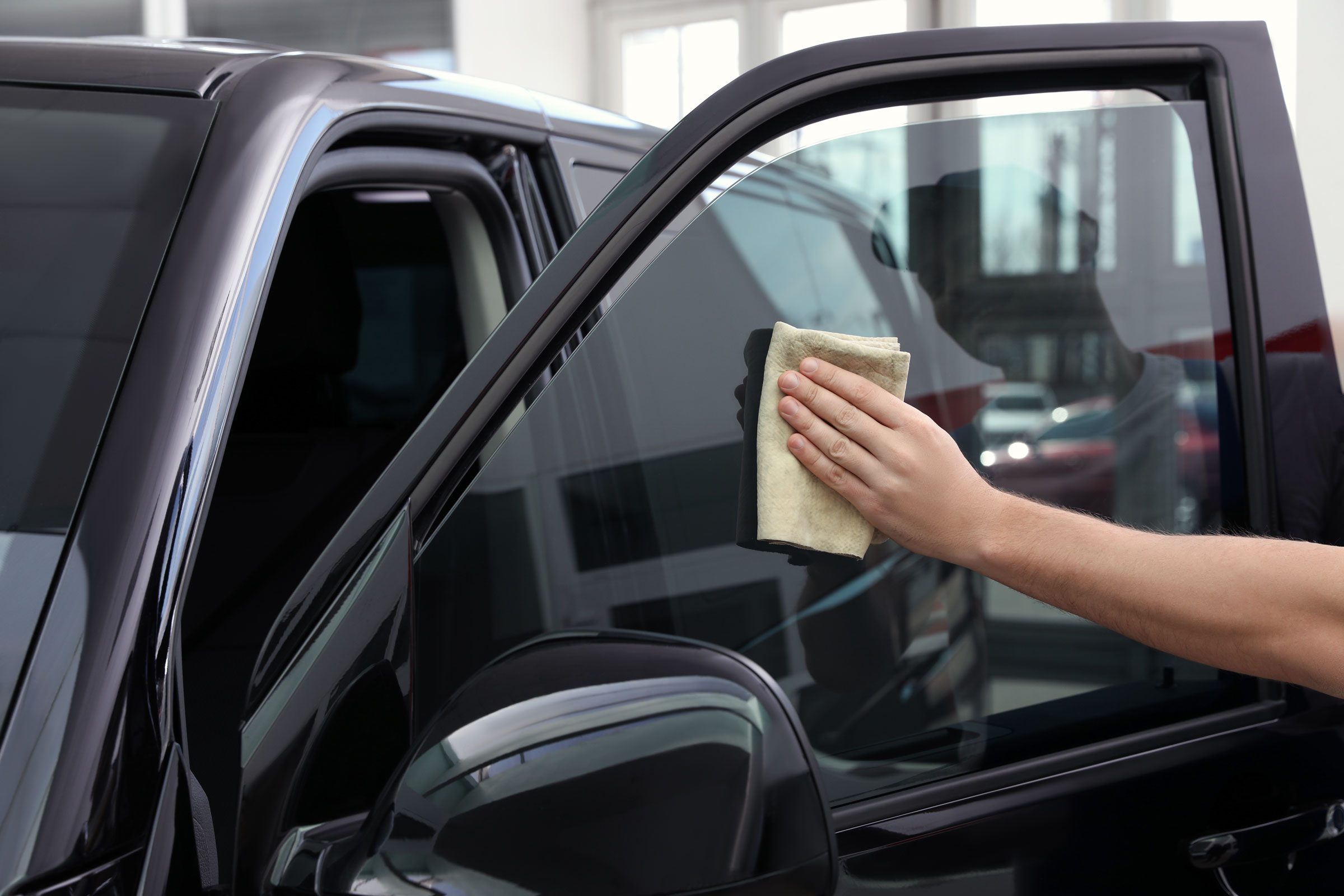Your Comprehensive Overview to DIY Home Window Tinting: Idea
Undertaking a Do it yourself home window tinting project provides a chance to enhance both the capability and visual appeals of your room. Prior to beginning on this endeavor, it is crucial to navigate the intricacies of local tinting policies and pick a proper movie that straightens with your goals.
Comprehending Home Window Tinting Laws
Navigating the elaborate landscape of home window tinting laws is vital for any do it yourself lover seeking to enhance their automobile's looks and comfort. Each state in the U.S. has certain guidelines pertaining to the permitted degrees of color on numerous windows, which can substantially affect your decision-making process.
Normally, these laws dictate the maximum allowable Noticeable Light Transmission (VLT) percentage, which refers to the quantity of light that can go through the colored home windows. Some states permit just a particular percentage of color on the front windscreen, while enabling darker shades on rear home windows. Compliance with these regulations is critical, as failing to adhere can result in fines or the need to eliminate the color entirely.
Additionally, there are often distinctions between guest automobiles and commercial vehicles, with various policies relating to each group. It's suggested to consult your local Department of Motor Vehicles or equivalent authority to gather accurate details customized to your location. Understanding these legislations not just ensures legal compliance yet additionally improves safety by keeping exposure and protecting against possible risks while driving.
Picking the Right Tint Movie
Picking the ideal tint movie is a critical step in the do it yourself window tinting procedure, as it straight influences both the appearance and capability of your vehicle's windows. Numerous elements should lead your option, consisting of the sort of movie, its legal compliance, and your desired end results.
First, consider the various kinds of tint movies available: colored, metalized, ceramic, and crossbreed. Metalized movies offer improved warm denial and durability however can interfere with electronic signals.
Following, ensure that the film follows local laws worrying visible light transmission (VLT) percents. Conformity with these regulations is vital to stay clear of fines and make sure safety and security.
Vital Tools for DIY Tinting
Having selected the right tint film for your home windows, the next action involves gathering the required tools to make certain a successful installment. The main devices you will require consist of an utility blade or a razor blade, which is important for reducing the tint movie to the preferred dimension. A squeegee is additionally critical, as it assists get rid of air bubbles and smooth out the movie throughout application.

Furthermore, take into consideration making use of a warmth weapon or hairdryer, as this can help mold the tint film to the contours of the home window and assist in adherence. Gloves are suggested to prevent fingerprints on the film throughout installment. By collecting these vital tools, you will certainly be well-prepared to article tackle your DIY window tinting task efficiently.
Step-by-Step Application Refine
Begin by thoroughly cleaning the window surface area to guarantee optimum bond of the tint film. Make use of a glass cleaner and a lint-free cloth to eliminate any dust, dirt, or grease. Once the window is tidy, measure the he said tint film versus the home window, enabling a minor overlap on all sides. Cut the movie appropriately with a sharp utility knife for a specific fit.
Gently spray the home window surface area and the adhesive side of the film. Very carefully line up the movie with the top of the window, guaranteeing it is straight. Make use of a squeegee to smooth the movie, using company, even pressure.
Enable the color to heal for at the very least 24 hours without rolling down the home windows. Adhere to these actions diligently for optimum outcomes in your Do it yourself home window tinting job.
Maintenance and Care Tips

It's a good idea to wait at the very least a week after installation prior to cleansing your home windows to permit the sticky to totally treat. During this preliminary period, prevent rolling down the home windows to stop any type of damages to the tint.
Routine upkeep entails inspecting the edges of the color for top article any kind of indicators of bubbling or lifting. If you observe any type of issues, it's ideal to resolve them promptly to avoid more wear and tear. In addition, beware with the usage of window therapies, such as tones or drapes, as they can create warm that could endanger the tint over time.
Conclusion
To conclude, undertaking a do it yourself window tinting project demands careful consideration of local policies, option of ideal tint movies, and the use of vital devices. A systematic application process ensures optimal results, while regular upkeep adds to the long life of the tint - Moro Auto Spa Window Tinting. By sticking to these standards, people can achieve both visual improvement and enhanced personal privacy in their rooms, making DIY window tinting an important undertaking